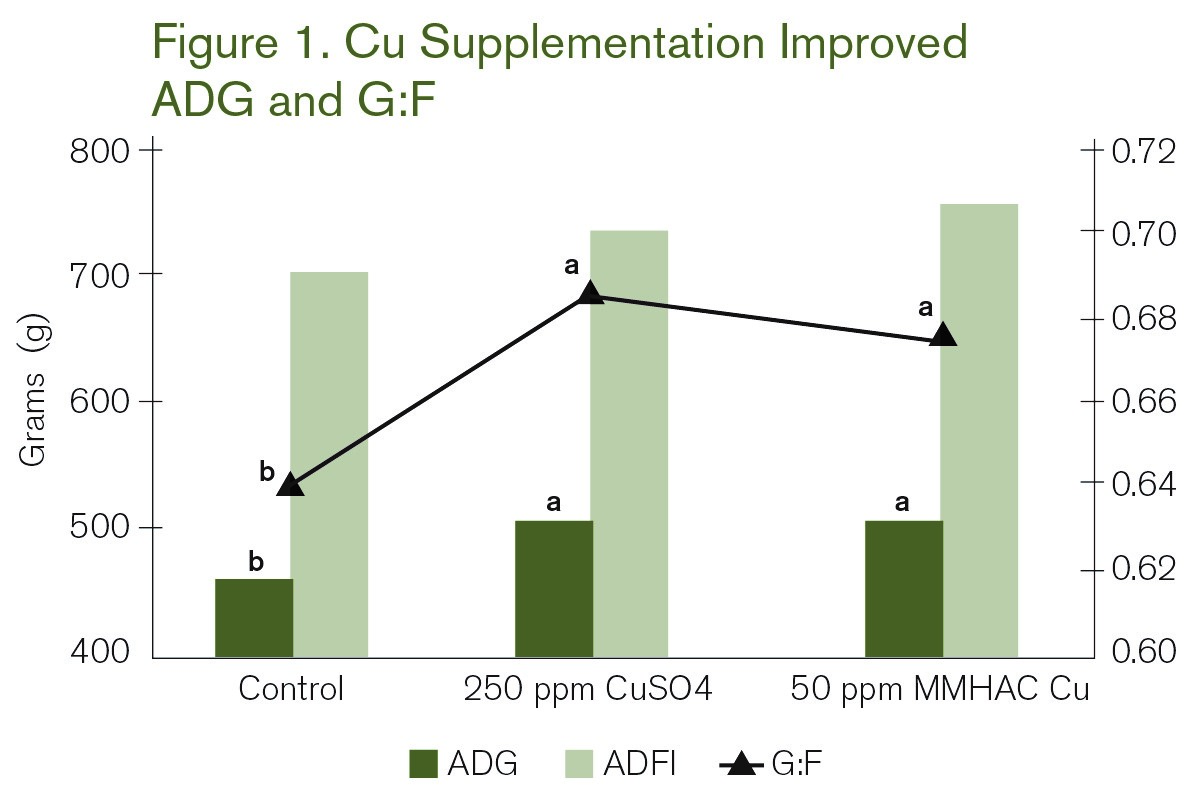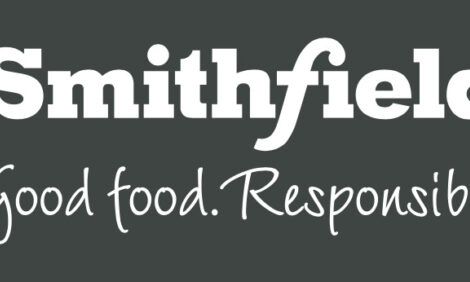



Copper is Essential for Piglet Performance
GLOBAL - The weaning process is a stressful one for piglets. A new environment, penmates and feed source can all impact their feed intake and growth potential.Meeting their essential nutritional needs during this transition is critical to minimizing stress and maximizing feed efficiency, overall health and performance.
Certain nutritional elements, although needed only in small amounts, are important for maintaining young animal health. Copper is one of those elements and is essential for a functional immune system. Its key functions are to:
- Optimize nutrient absorption and digestibility
- Function as an antioxidant to manage oxidative stress
- Act as an antimicrobial agent and improves gut health
- Contribute to collagen development for tissue and bone health
Improved daily gain and feed conversion
An analysis of published studies revealed that supplementing nursery pigs with an organic, chelated copper source (metal methionine hydroxy analogue copper chelate, or MMHAC Cu):
- Significantly improved daily gain by 3% and feed conversion ratio by 2.6% when compared to an inorganic copper sulfate
- Reduced diarrhea by 23% in weaned pigs fed MMHAC Cu compared to ITMs
- Improved digestibility levels of copper by 42%, dry matter by 8%, crude protein by 9%, phosphorus by 14%, energy by 8% and fat by 10% compared with basal diet
Understanding the chelation advantage
Trace mineral supplements can perform differently in the animal’s digestive tract. For example, when inorganic salts are used as a copper source, much of the mineral is often excreted and lost in the feces due to chemical antagonisms and interactions with other diet components in the digestive tract. That loss results in continued metabolic deficiencies, but can also lead to spending more than is necessary to over-feed minerals. Chelated minerals help overcome these common digestive challenges.
In scientific terms, chelation means the trace mineral is bound with a ligand. This creates a stable complex in the acidic pH of the upper gastrointestinal tract, reduces mineral breakup, helps reduce losses caused by antagonisms and protects the mineral for efficient delivery and uptake in the small intestine.
Because of this significant difference, a new feed ingredient category was registered by Novus International, Inc. This category is Metal Methionine Hydroxy Analogue Chelate, or MMHAC.
.jpg)
“The Association of American Feed Control Officials accepted this new definition, which literally makes MINTREX® Cu chelated copper one of a new class of trace minerals,” says Gavin Bowman, executive manager, minerals global product development, for Novus International.
Supplementation strategy
Because organic chelated copper is better absorbed by animals than comparable inorganic trace mineral supplements, a producer can feed less mineral while still maintaining feed efficiency.
“More efficient absorption of organic chelated trace minerals means less mineral is excreted by the animal,” says Bowman. “That’s not just better for the environment, it’s better for the producer’s bottom line.”
To learn more about how copper can improve pig productivity, click here.








